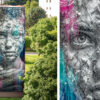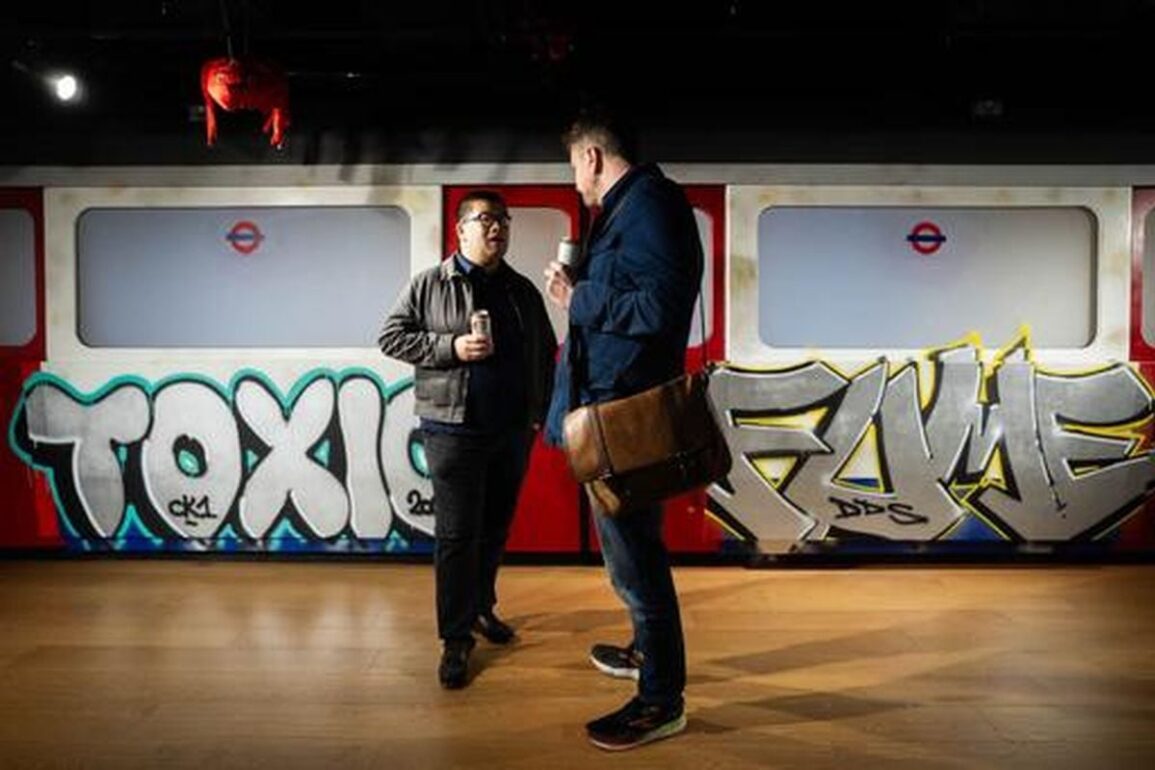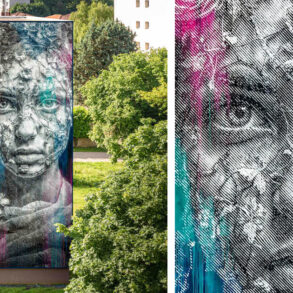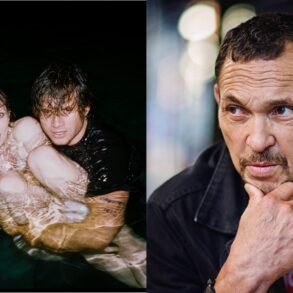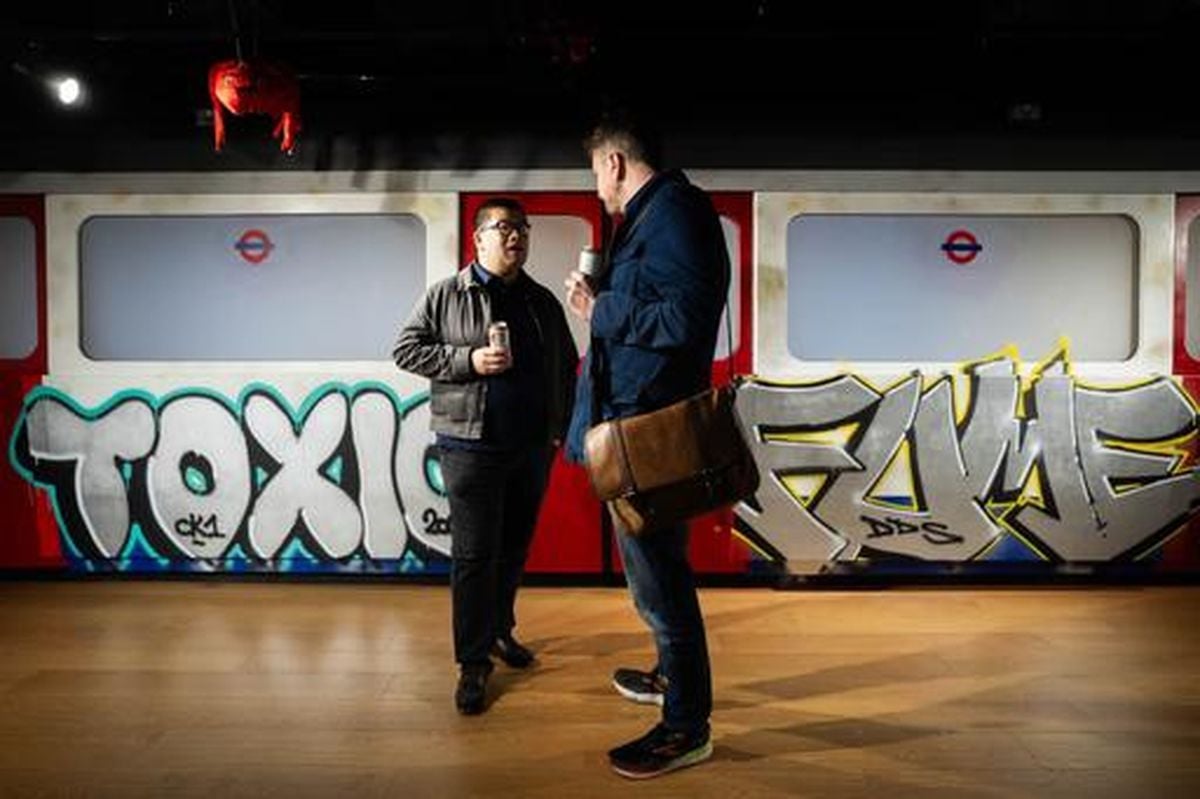
A graffiti art show at London’s Piccadilly Circus, titled “Long Dark Tunnel,” featuring renowned artists such as Banksy, 10Foot, Tox, and Fume, was abruptly shut down on April 10, 2025, due to incidents of graffiti vandalism. The exhibition, which had been running for three weeks and attracted thousands of visitors, was organized by Arts Arkade in partnership with the Big Issue, a publication dedicated to supporting those affected by poverty.
The venue, located just steps from the bustling Piccadilly Circus, is owned by the Crown Estate, which manages a substantial real estate portfolio valued at approximately £20.4 billion. The closure was prompted by a profane tag reading “Fuck the King” that appeared during the exhibition, sparking pressure from the Crown Estate to address the vandalism.
In an Instagram post, Arts Arkade expressed regret over the decision to close the exhibition early, stating, “Following serious incidents of vandalism and criminal damage to Arts Arkade and some of our neighbors’ buildings, we have regretfully taken the decision to close the ‘Long Dark Tunnel’ exhibition earlier than scheduled. The criminal damage we’ve experienced is totally unacceptable and is not a matter we take lightly.”
The exhibition was not only a platform for street artists but also aimed to raise funds for homeless individuals. According to 10Foot, the show had successfully generated hundreds of thousands of pounds for the Big Issue, which has long been committed to helping homeless people earn a living and reintegrate into society. 10Foot voiced his frustration over the closure, asserting, “We threw everything at this show with nothing but good, generative intention. People have come from all over the country in their hundreds.”
He further criticized the reaction to the graffiti, stating, “They could clean it off but instead they’d prefer to throw us under the bus.” This sentiment reflects a broader tension between street artists and authorities, who often view graffiti as vandalism rather than art. The exhibition was meant to run until April 13, 2025, and included sales of prints that would further benefit the Big Issue.
The Crown Estate, which has a significant presence in London, declined to comment on the specifics of the closure, citing an ongoing investigation into the vandalism. However, a representative confirmed that Arts Arkade was responsible for the decision to shut down the exhibition.
During the exhibition’s run, there were additional incidents of vandalism, including the removal of promotional materials by individuals wearing Crown Estate uniforms. Witnesses reported seeing workers tearing down a large promotional poster and replacing it with smaller ones featuring threatening Latin phrases, which translated to “graffiti artists will be decapitated.” The identity of those responsible for the threatening posters remains unknown.
This isn’t the first time a graffiti exhibition has sparked controversy or led to increased vandalism in the surrounding area. In 2011, the “Art in the Streets” exhibition in Los Angeles, curated by Jeffrey Deitch, similarly resulted in an uptick in graffiti incidents nearby. Such occurrences raise questions about the impact of art on public spaces and the fine line between creative expression and vandalism.
Street art, particularly in urban environments, often occupies a grey area between self-expression and illegality. For many artists, graffiti serves as a vital outlet. Tox, a featured artist in the exhibition who has faced legal issues related to his work, once remarked, “If I didn’t do graffiti I’d be doing way worse crimes.” His history includes multiple arrests and a 26-month prison sentence for his tagging activities, which prosecutors have described as causing significant damage.
In a recent interview with Banksy, Tox reflected on the challenges faced by graffiti artists, stating, “The prison is real when you grow up in them ends, so graffiti saved me from longer prison sentences, sh** mental health and being a burden on society.” His experiences highlight the complexities of street art, where artists often navigate societal perceptions and legal consequences while attempting to convey their messages.
As the debate over graffiti continues, the closure of the “Long Dark Tunnel” exhibition serves as a poignant reminder of the challenges faced by street artists in gaining recognition and respect for their work. Despite the negative attention surrounding the vandalism, the exhibition had made a significant impact, fostering community engagement and raising awareness for a vital cause.
In the wake of the exhibition’s closure, many are left pondering the future of street art in London and whether it can ever truly be embraced as a legitimate form of artistic expression. As 10Foot aptly stated, “It’s the same old story: we’re treated as antisocial idiots and they won’t engage in dialogue with us when we do something widely recognized as positive.”
The ongoing conversation about the role of graffiti in society is likely to persist, as artists and advocates continue to push for recognition and understanding of their craft. With the recent events surrounding the “Long Dark Tunnel” exhibition, it’s clear that the intersection of art, politics, and public perception remains a contentious and evolving landscape.
This post was originally published on this site be sure to check out more of their content.


